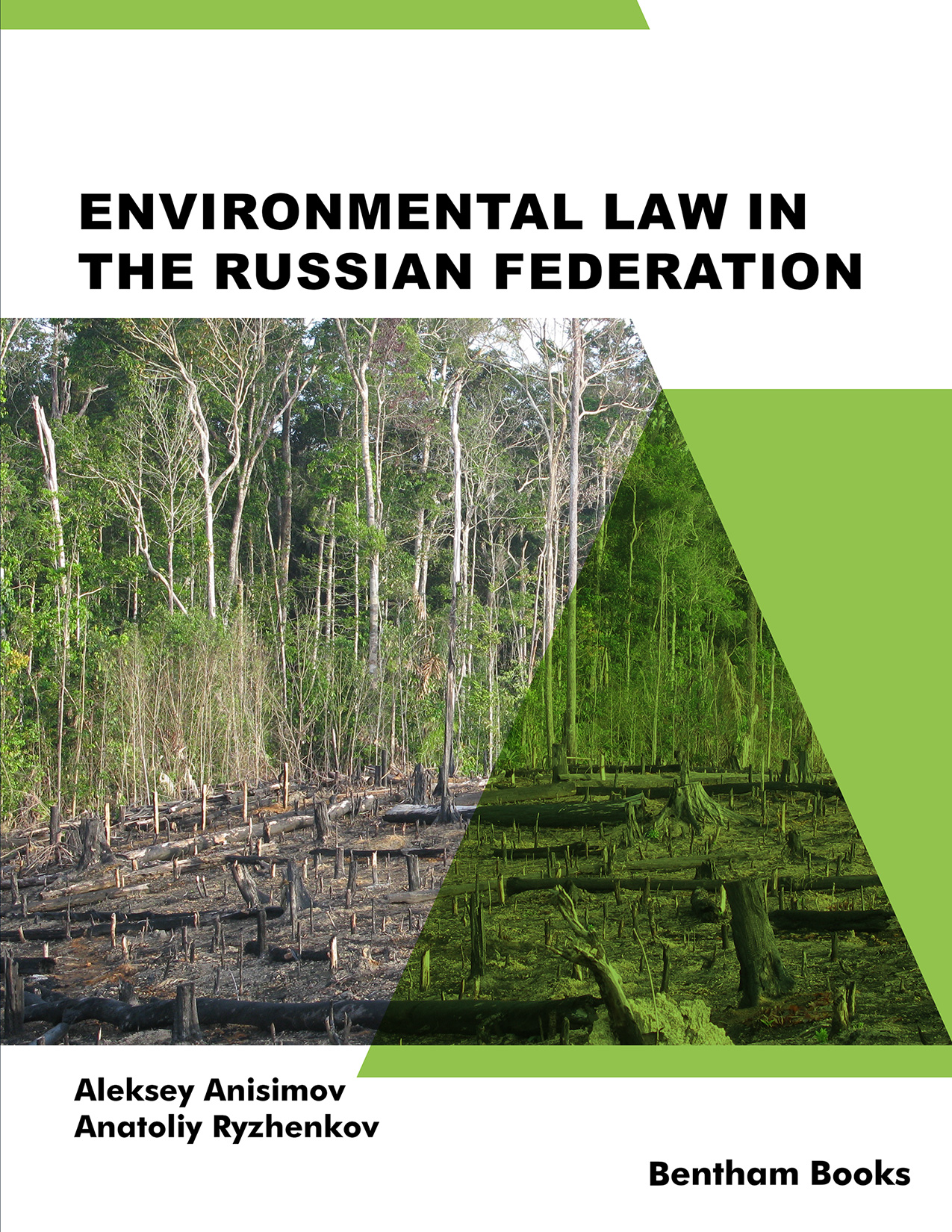Foreword
The state of the environment and the efficiency of protecting environmental human and civil rights leave much to be desired in the last years. The low level of environmental legal culture and environmental education of citizens, civil servants, and representatives of the business community is among the numerous reasons for this phenomenon. Meanwhile, it cannot be said that the state and the scientific community do not take any steps to remedy this situation. The textbook under review written by scholars renowned in Russia is an example of the scientific community’s concern over the current environmental problems. The textbook is written in accordance with the requirements of the Russian state standard for jurisprudence.
It should be noted that the book under review is written in simple and clear, legally literate literary language and can certainly be successfully used in the educational process. In addition to the analysis of the current legislation and clarification of the provisions of the scientific doctrine, the authors try to familiarize readers with the procedural issues of the exercise of their environmental rights (or, accordingly, the duties of public authorities) in the field of natural resource management and environmental protection. This methodical approach can be found in all chapters of the textbook.
It should be noted that the book under review is written in simple and clear, legally literate literary language and can certainly be successfully used in the educational process. In addition to the analysis of the current legislation and clarification of the provisions of the scientific doctrine, the authors try to familiarize readers with the procedural issues of the exercise of their environmental rights (or, accordingly, the duties of public authorities) in the field of natural resource management and environmental protection. This methodical approach can be found in all chapters of the textbook.
The textbook includes a total of 10 chapters grouped into three parts. The first (general) part considers the general provisions on environmental law, its scope, sources, problems of the exercise of environmental human rights, the system of environmental management authorities, economic incentives of environmental protection, and liability issues. In the second (special) part, the authors consider the distinctive features of environmental protection in individual areas of human activity (industry, agriculture, defense, etc.), specific features of the protection of particular natural resources (land, water, subsoil, etc.) as well as the concept and peculiarities of the legal regime of areas with a special environmental legal status. The third (specialized) part includes the study of the distinctive features of international cooperation in environmental protection and the experience of a range of foreign countries.
It appears that being original and innovative both by its idea and structure, this textbook is full of interesting facts and contains valuable information on a wide range of current problems of the theory and practice of environmental law. The textbook encourages thinking about the prospects of environmental legal science development and can be useful to readers from other countries – businessmen, the public, students, and scholars in conducting comparative studies.
E.S. Navasardova
Doctor of Juridical Sciences
the Professor of the Department of Environmental, Land and Labor Law of North-Caucasus Federal University
Russia
Stavropol

